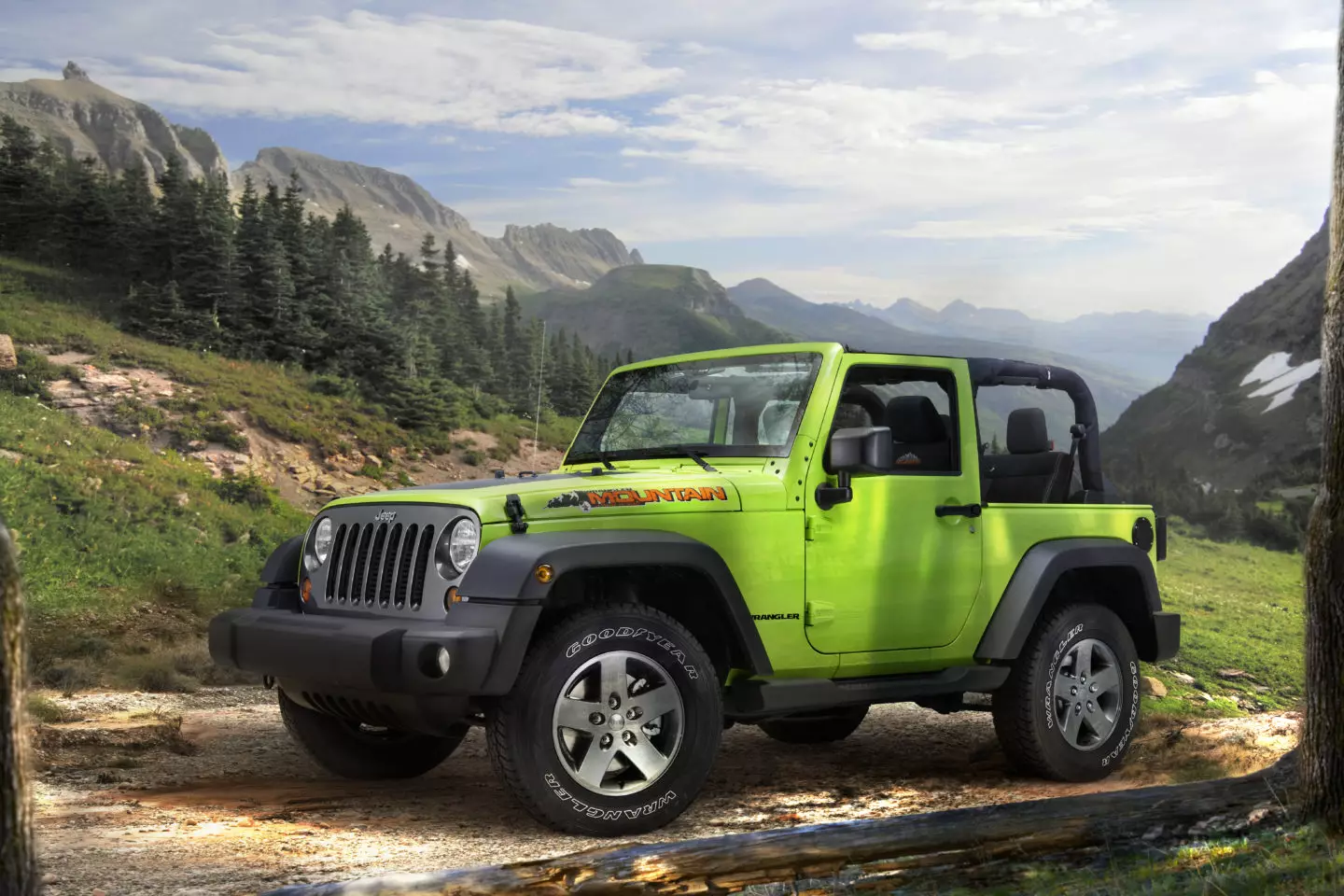The history of the Jeep (and the Jeep) begins in 1939, when the US Army launched a competition to supply a light reconnaissance vehicle. Willys-Overland wins with the MA project, which later evolved into the MB, manufactured from 1941 onwards.
The Jeep is born , whose name comes from one of three hypotheses, historians do not understand each other. Some say the word comes from the contraction of the General Purpose (GP) vehicle initials; others say it comes from a nickname someone gave him, inspired by the Popeye cartoon character Eugene The Jeep, and others believe Jeep was what the US Army called all its light vehicles.
What is true is that Willys manufactured the MB in 368,000 units during the war, having the model served as a reconnaissance car, but also as a troop transport, command vehicle and even an ambulance, when properly adapted.
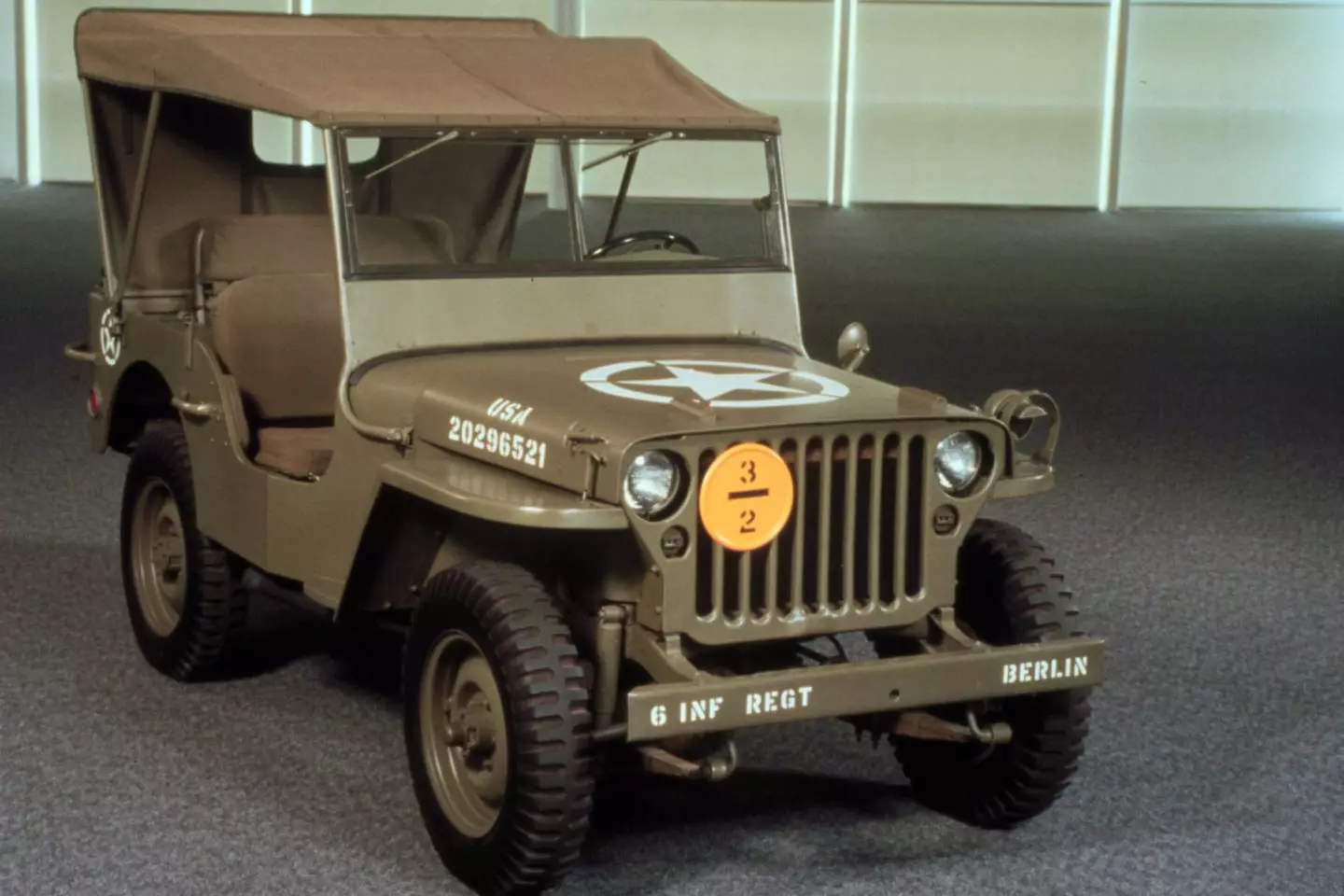
THE 1941 MB it was 3360 mm long, 953 kg in weight and had a 2.2 l four-cylinder gasoline engine, delivering 60 hp transmitted to all four wheels through a three-speed manual gearbox and a transfer box. When the conflict ended, he returned home and began a civilian life, like all the other soldiers.
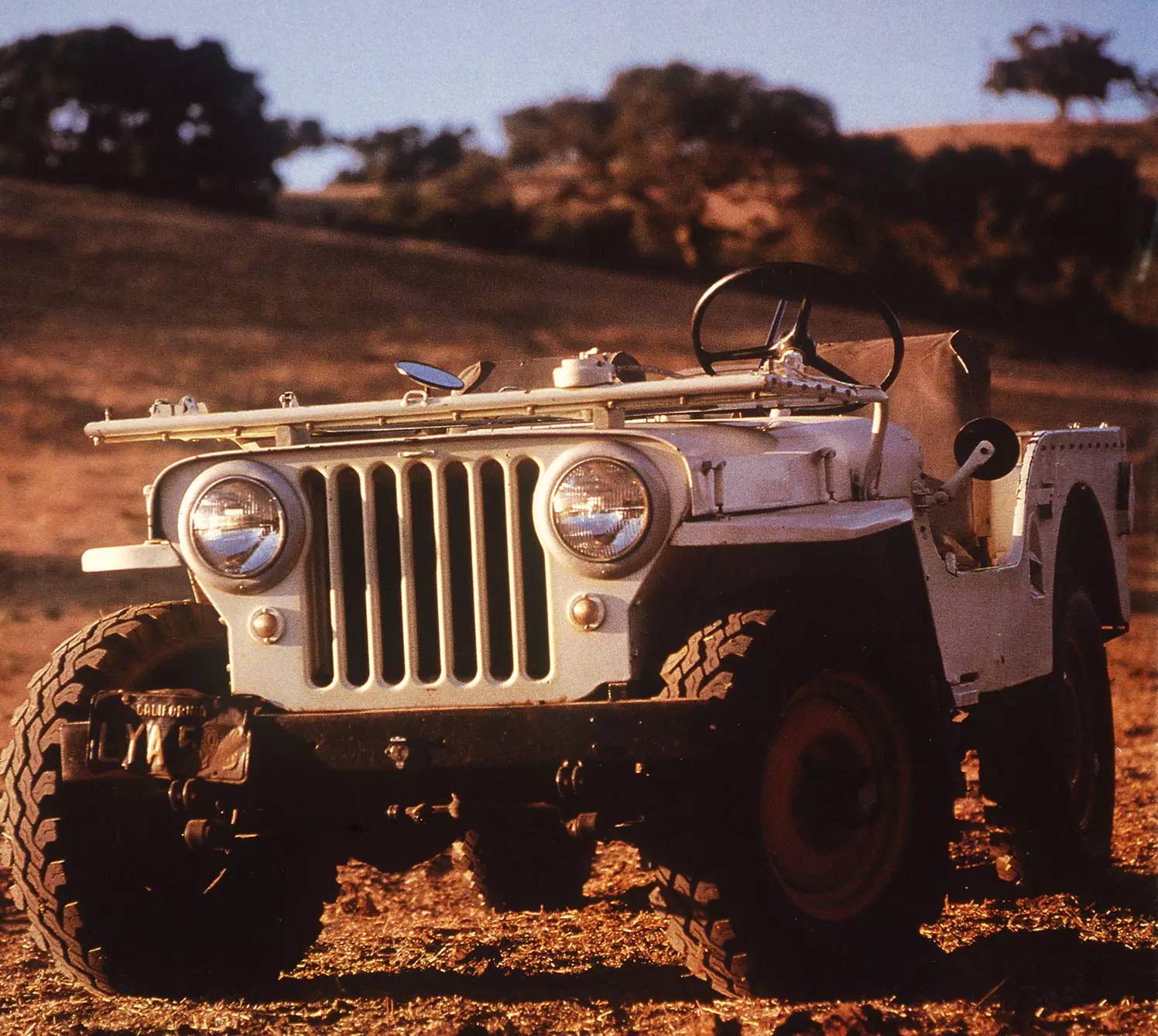
Was turned into CJ (Civilian Jeep) and slightly adapted for non-military use: the spare wheel moved to the right side, thus creating a trunk lid, the headlights increased in size and the grille went from nine to seven inlets. The mechanics were the same and the front fenders continued with a horizontal top hence the nickname “flat fenders” that enthusiasts gave to all CJs until the CJ-5 with its rounded fenders arrived. maintained until 1985, when the latest evolution of this first civilian generation, the CJ-10, was launched.
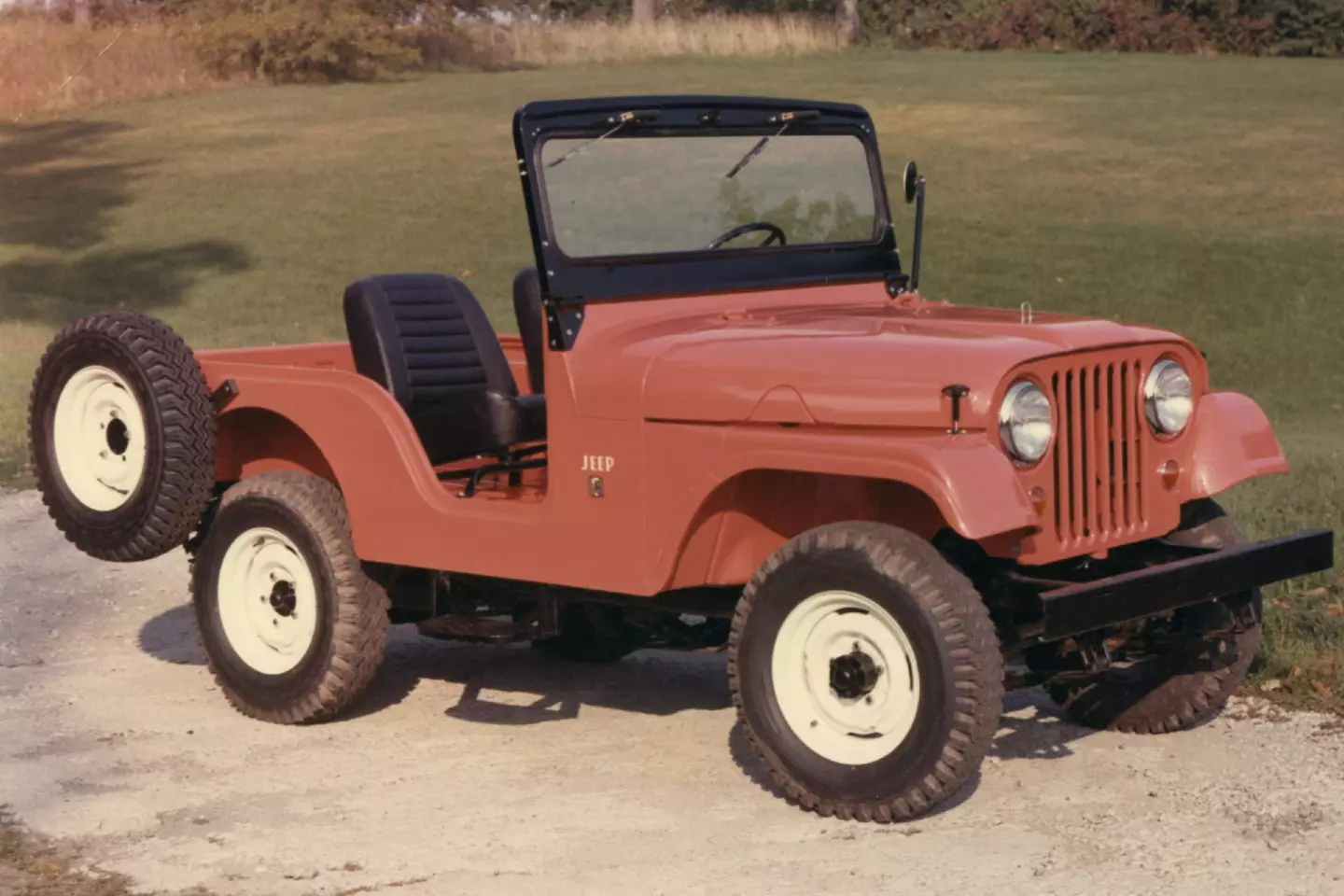
The first Wrangler
THE YJ 1987 was the first to bear the name Wrangler and to take a clearly more comfortable and civilized orientation. The tracks have been widened, the ground clearance reduced and the suspension improved, with more guide arms and stabilizer bars, despite keeping the leaf springs. The engine became a 3.9 l, 190 hp inline six-cylinder and the length rose to 3890 mm. It was the only one to have rectangular headlamps, a fashion at the time that irritated fanatics to the point where retrofit kits for round headlamps appeared.
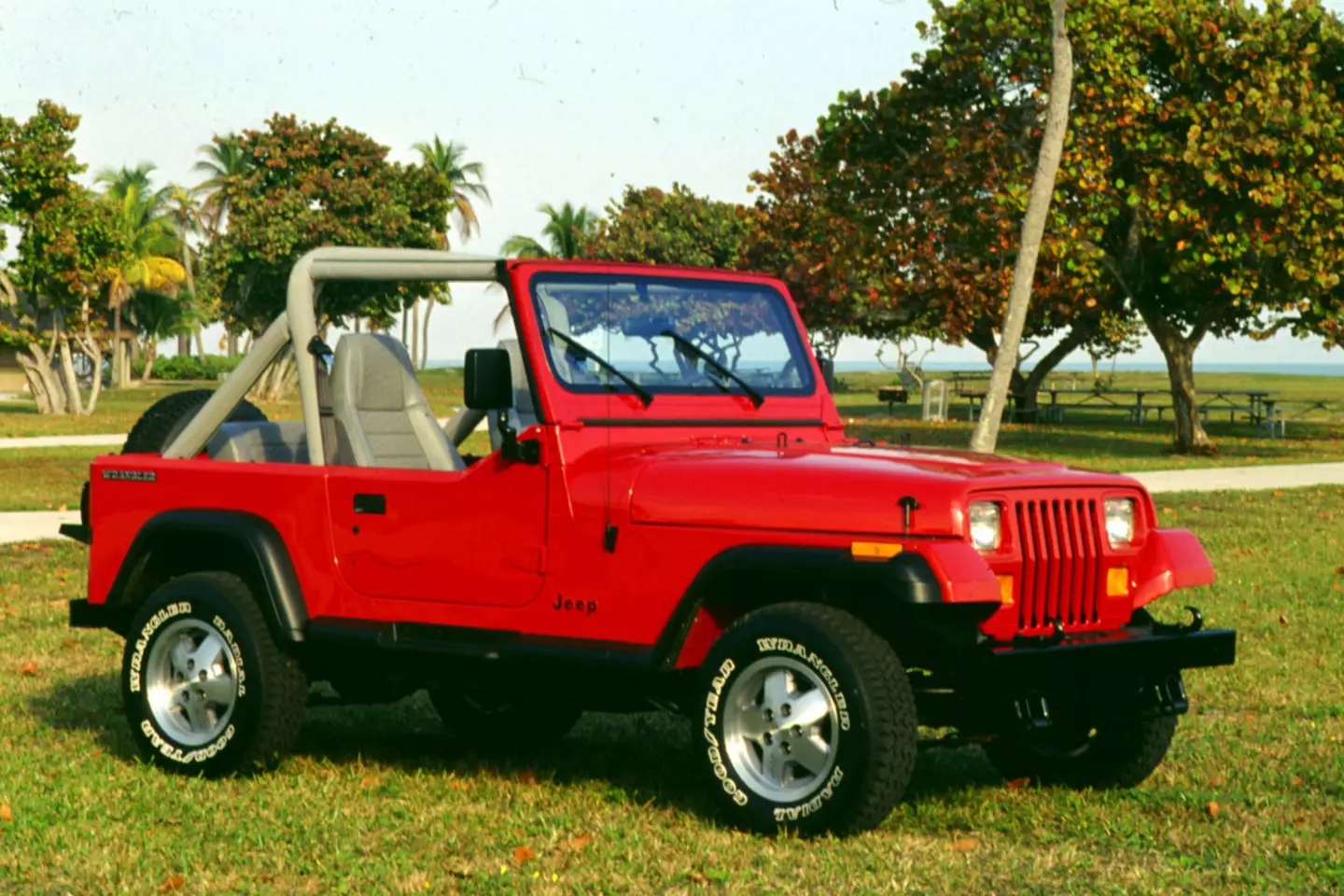
Almost ten years later, in 1996, the TJ finally switched to coil springs, sharing the suspension with the Grand Cherokee and went back to round headlights, keeping the same engine.
Subscribe to our Youtube channel
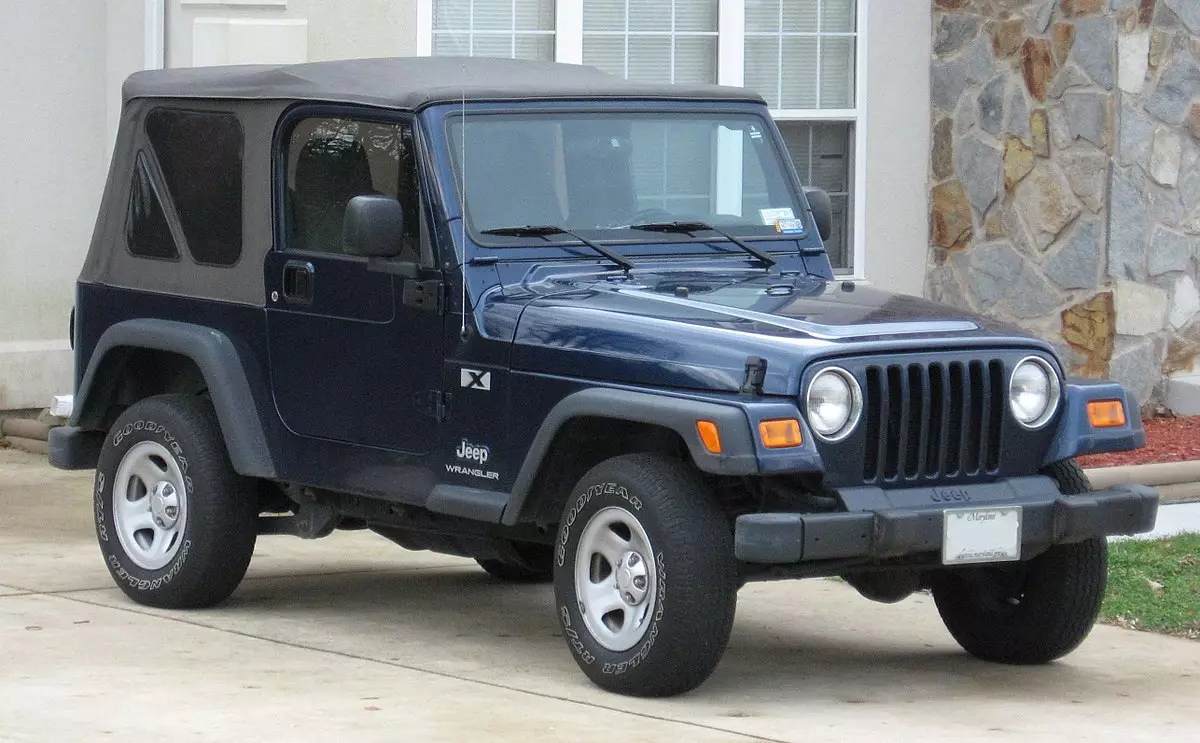
Finally, in 2007, the generation that has now ended its life, the JK which debuted a new platform, wider, with longer wheelbase, but shorter, to improve off-road angles. Always with separate chassis and rigid axles. The engine becomes a 3.8 l V6 and 202 hp. New for markets outside the US is VM's 2.8 Diesel four-cylinder engine, with 177 hp.
Moreover, this third Wrangler is the first to enter the age of electronics, with computerized controls for the main components, as well as including GPS and ESP, among other acronyms. It was also the first to have available an official long four-door version, which now represents 75% of sales. The surrender of the guard happened now, with the arrival of the generation JL.
